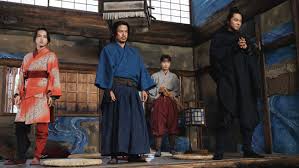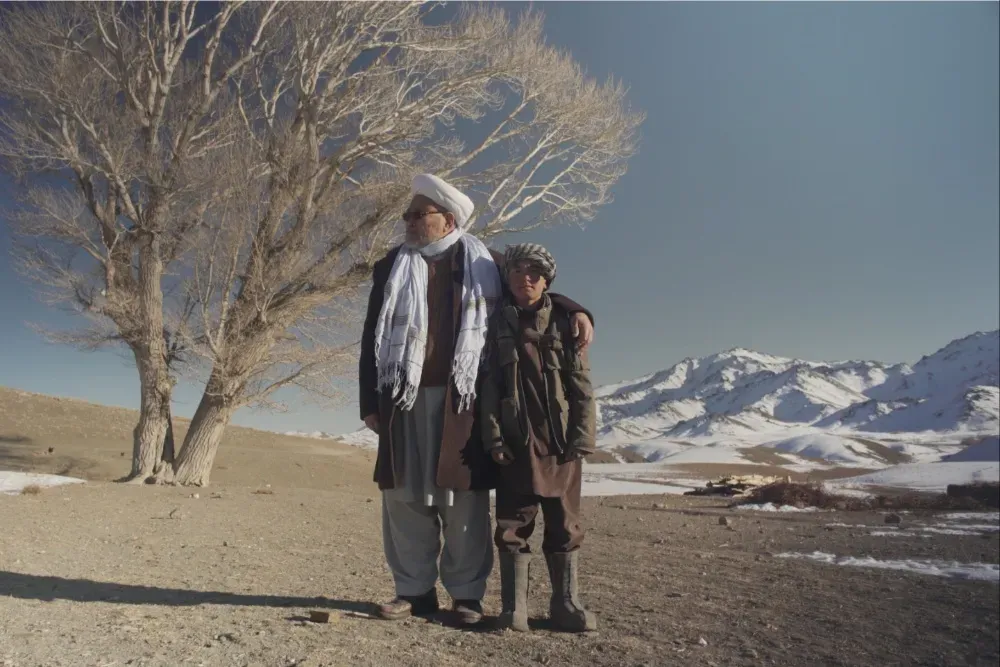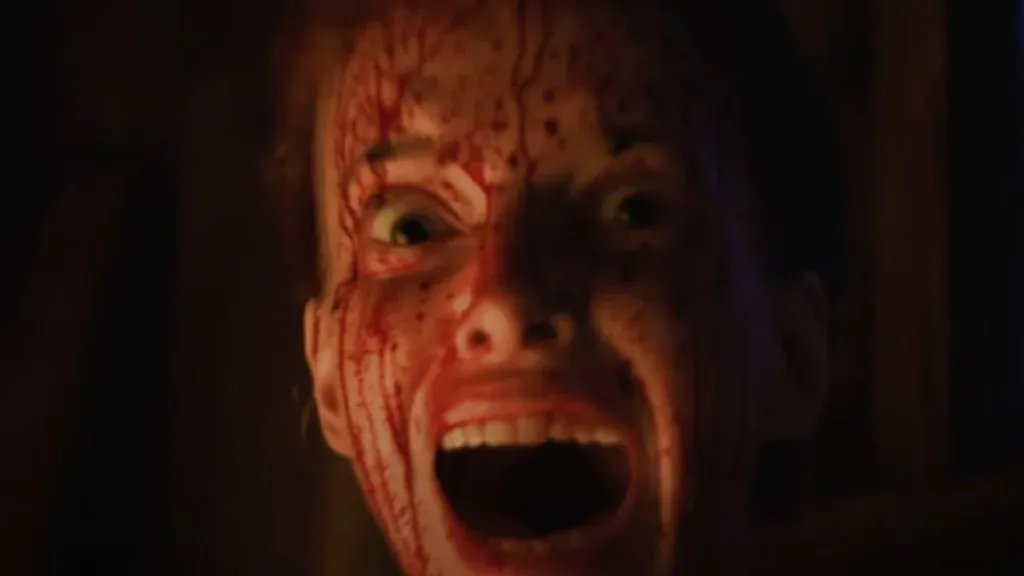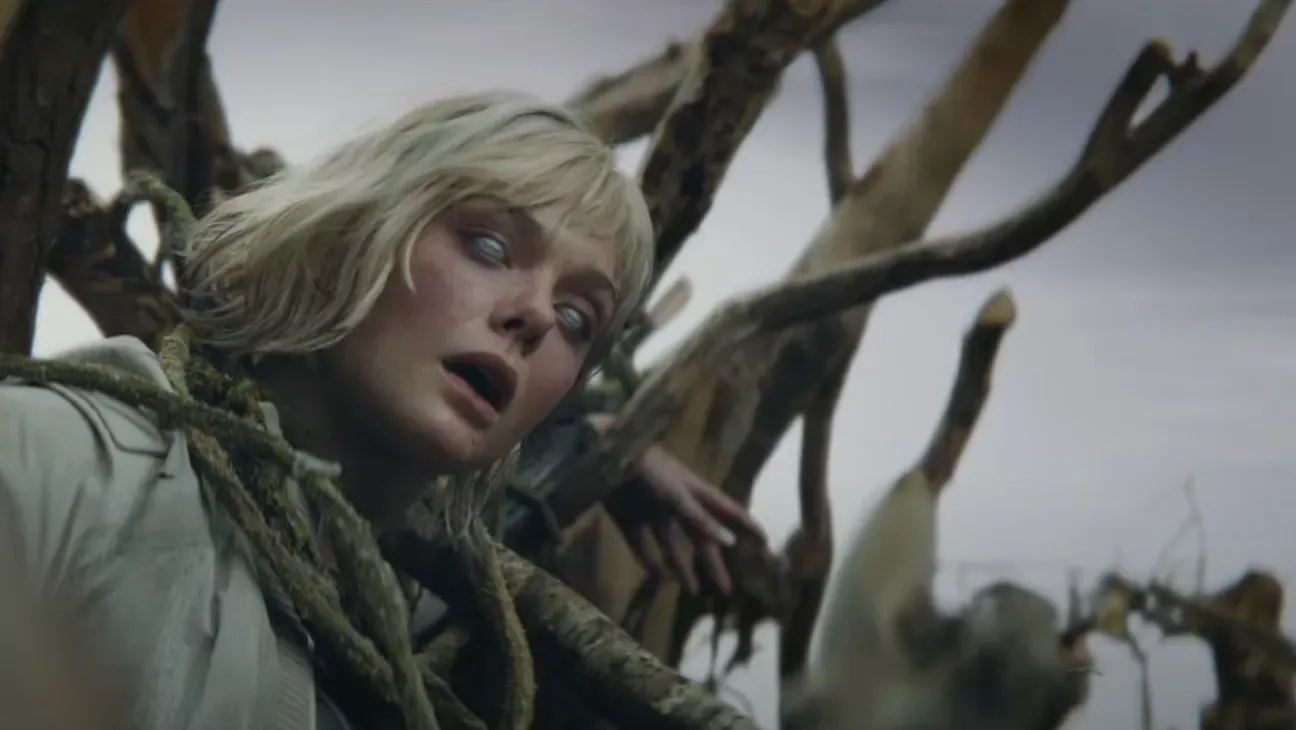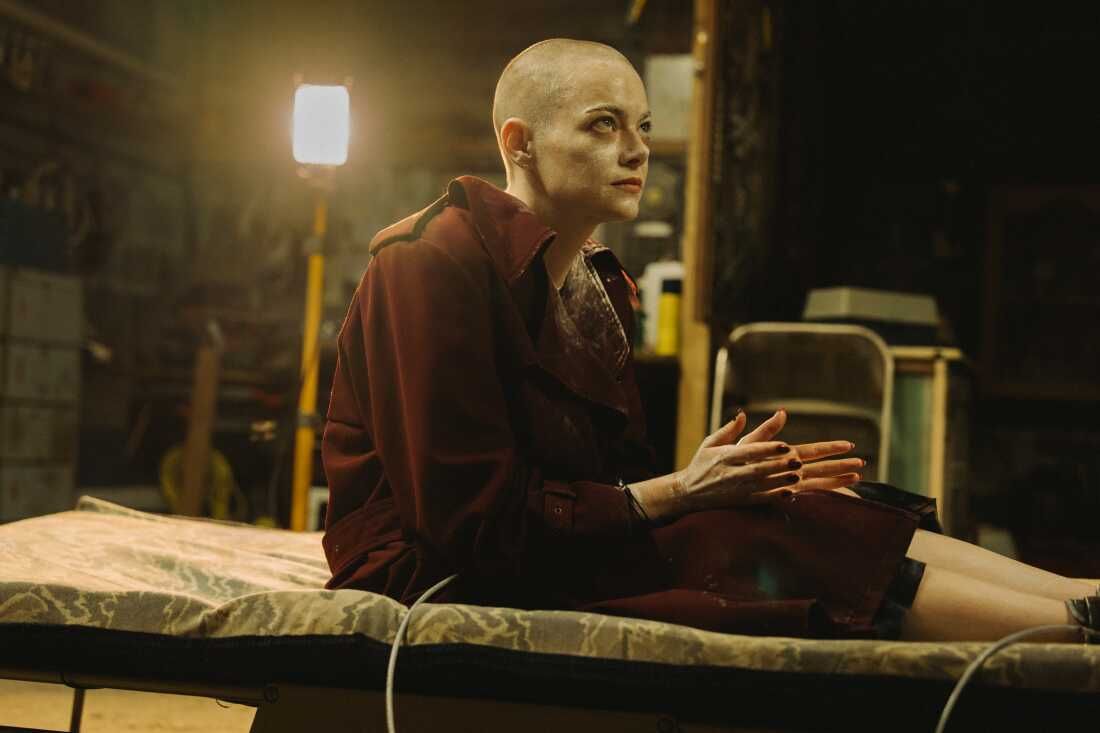
The Great Photo Mystery: Who Captured The Iconic "Napalm Girl"?
- Feb 15, 2025
Conspiracy theories are abundant in the realm of fictional films; however, when a conspiracy surfaces from a documentary, it demands our attention due to its potential to unveil a hidden truth. "The Stringer”, a documentary exploring the real photographer behind the globally recognized "Napalm Girl" photograph, has ignited a similarly fascinating dispute.
The iconic photograph, featuring a 9-year-old Phan Thį Kim Phúc enduring a napalm attack in Trảng Bàng during the Vietnam War, has often been credited to Nick Út, a 21-year-old Vietnamese Associated Press (AP) photographer. The image changed Út’s life overnight; he even won the Pulitzer Prize. However, "The Stringer” introduces the possibility that the photograph wasn't captured by Út, but by Nguyen Thanh Nghe, a freelance photographer who was also present at the scene.
The film suggests that the AP photo editor, Horst Faas, knew the image was Nghe’s, but after buying it for $20, Faas credited it to Nick Út, desiring it to be recognized as an AP image. According to the documentary, such photo swaps were standard practice, even though this specific swap has caused ongoing controversy.
One subject central to the film’s narrative is Carl Robinson, a former AP photo editor, who claims he was ordered by Faas to switch the photographers' credits. Robinson alleges he remained silent on the matter for half a century. This admission led to a six-month AP investigation, which concluded with the reaffirmation that Út was, indeed, the photographer of the image. Nevertheless, objections about the film have been raised by the AP, and Út has threatened to take legal action against the filmmakers.

The film's investigators finally locate Nghe in California and interview him, wherein he insists that he was the one who captured the iconic image. However, there's no definitive proof to corroborate his claim.
Furthermore, an in-depth spatial-temporal analysis by forensic experts suggests that Út was, in fact, not in the right place at the right time to have taken the "Napalm Girl" photograph.
Given the vast amount of differing evidence and contrasting narratives, however, it ultimately remains up to the viewer to decide where they land in this captivating photographic controversy.


